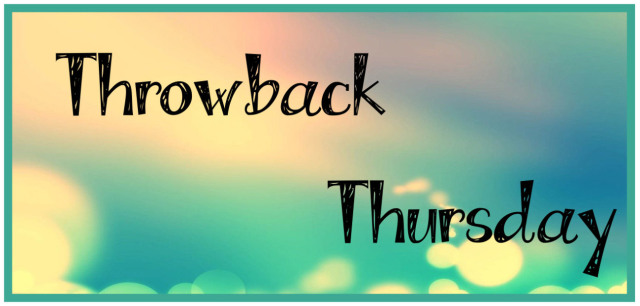Download links for: Digital Photography: A Basic Manual


Reviews (see all)
Write review
Explains topics really well and clearly....very informative. easy to read and understand.
I won this book in the Goodreads giveaway. Great manual, very informative.
A great digital photography guide to beginner's like me. Easy to follow.
Other books by Nonfiction
Related articles












